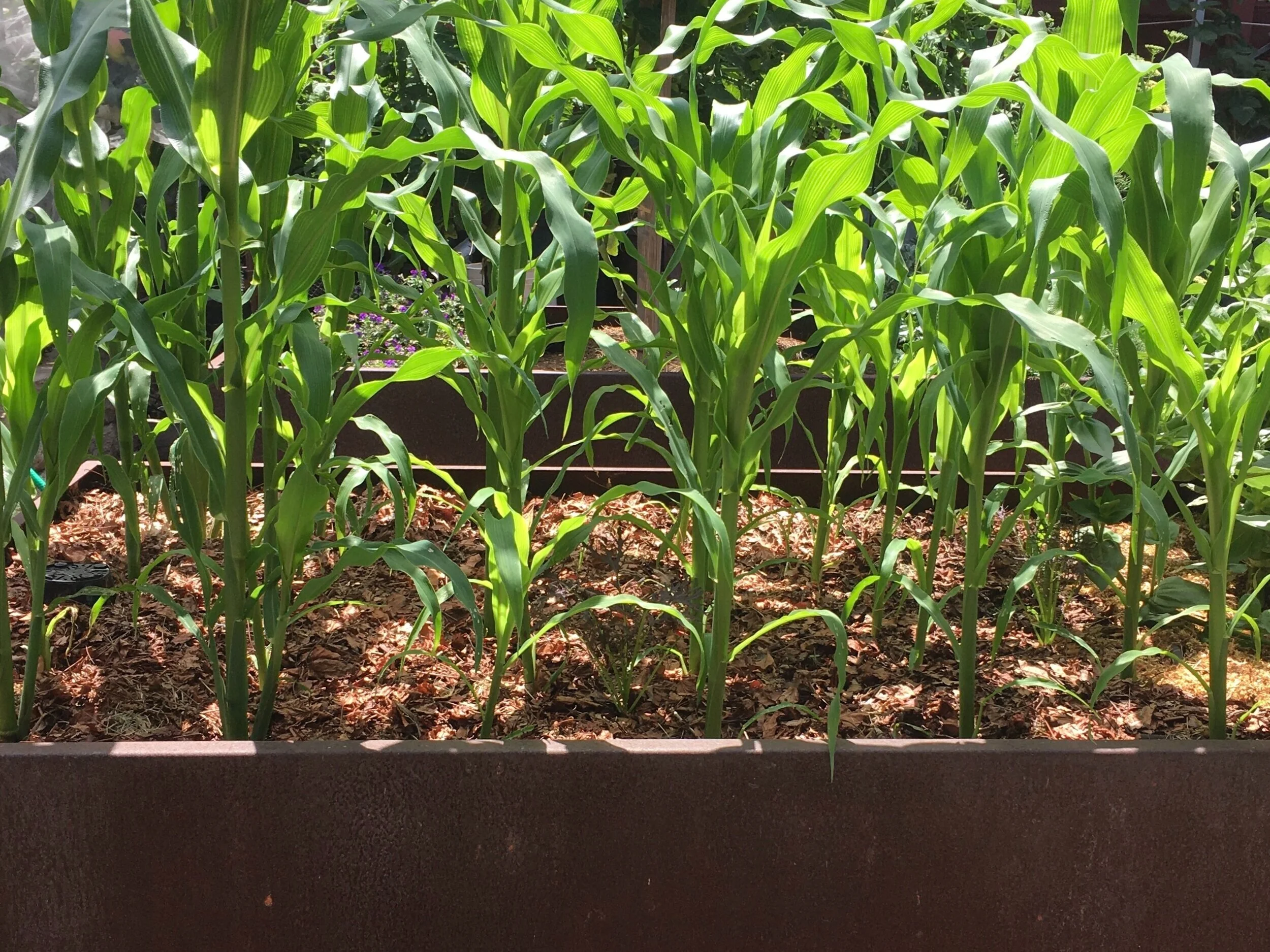Plan Your Garden: The Dirty Dozen and Clean 15
What will you be planting in your spring and summer garden? What seeds have you ordered and what starts do you plan to purchase from your local nursery? Here’s another way to think about your kitchen garden choices.
What if you made your choices not just by what you like but by what you buy at the grocery store? Those of us with small gardens have to be selective about what to plant.
Some conventional produce available at grocery stores is laden with pesticides. Other crops require less pesticide interventions to grow well. But how can we know when to spend the extra for organic produce and when conventional will be safe?
That’s where the Environmental Working Group (EWG) can be a source of information for making personal decisions about what to grow and when to purchase organic produce.
The data for these food lists comes from the United States Department of Agriculture Pesticide Data Program. It reports what has been discovered when monitoring pesticide residue levels on agricultural commodities commonly consumed by infants and children.
Here’s how these lists might help as you plan your garden. Kale (though a cool season vegetable in mild winter areas) is number 3 on the Dirty Dozen list. Checking online prices for several grocery stores, organic kale can be as much as two times the cost of conventional kale. If you buy organic kale frequently, try growing it from seeds or starts in your next garden. A six-pack of lacinato kale will keep you supplied for months.
Or when organic and conventional strawberries are compared, the organics command a premium price of almost two times the conventional. Maybe it’s time to find a sunny spot in your garden to grow strawberries if you are captivated by this summer fruit.
Looking at the Clean 15 list, sweet corn requires a sizable area in a small garden. Notice that it’s number 2 on that list. With fewer pesticide residues, conventional corn could be a sensible choice if organic is unavailable, very expensive or you don’t have the garden real estate.
Cantaloupe needs room to roam and heat, so you won’t find it in my small garden. But, happily it earns the number 10 spot on the Clean 15 list.
After reviewing the Dirty 12 and Clean 15 lists, take a look at your garden plans and think about your summer produce purchases. Are there any changes you’ll be making to your spring and summer garden?
To learn more about EWG’s Dirty 12 and Clean 15 check out this 1.5 minute video.
The Dirty Dozen™ is a trademark term used to define the twelve crops that farmers typically use the most pesticides on, versus, the Clean 15™ which is also a trademark term to describe the fifteen fruit and vegetable that have the lowest amount of pesticide residue.








